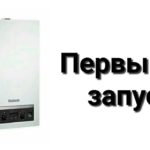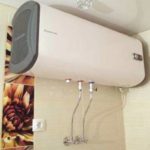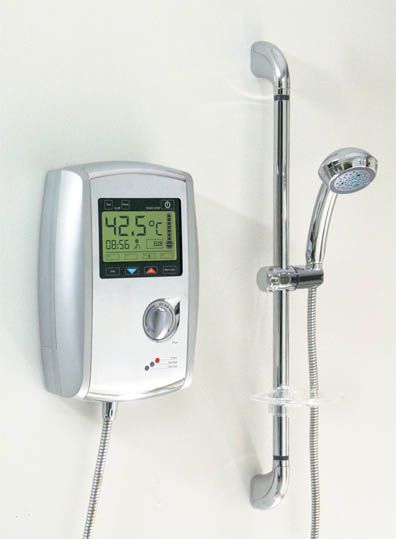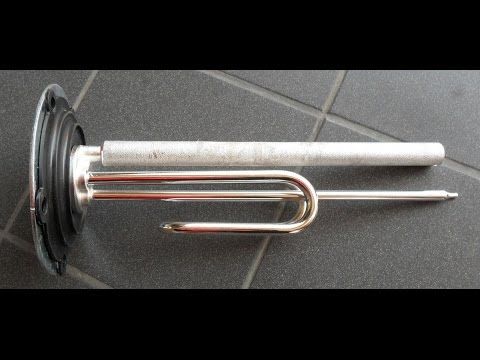Cleaning the water heater
During operation of the boiler, a layer of scale forms on its walls, as well as on the heating element. The speed of the process of its formation depends on the hardness and degree of purification of the water in the water supply, but the result is the same - the boiler’s performance begins to gradually fall, the heating rate decreases, and sooner or later it fails. Also signs that it is time to remove scale are a change in the temperature of the heated water up or down, a clearly increased energy consumption of the device, hissing during the heating process, as well as turning the heater on and off too often. To extend its service life, periodically formed scale must be removed . How to do this, during the cleaning process, not to shorten, but to extend the service life of the heater, will be discussed in the article.
The content of the article
Preparation, draining water
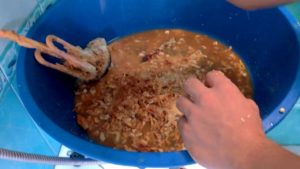 The first thing you need to do before the cleaning process is to remove water from the heater. If it is located above a sink or bathtub, you will most likely not need to additionally place basins and buckets under the boiler. In some models, the heating element is screwed into the tank, which greatly simplifies the task. On other designs it will be necessary to loosen several nuts to get to the heating element. To drain water from the heater, proceed according to the following algorithm:
The first thing you need to do before the cleaning process is to remove water from the heater. If it is located above a sink or bathtub, you will most likely not need to additionally place basins and buckets under the boiler. In some models, the heating element is screwed into the tank, which greatly simplifies the task. On other designs it will be necessary to loosen several nuts to get to the heating element. To drain water from the heater, proceed according to the following algorithm:
- remove the power supply from the heater by removing the plug from the socket or turning off the circuit breaker that powers it;
- shut off the flow of tap water to the boiler and the outflow of hot water from it, having first completely drained the hot water from the tap;
- put a hose on the fitting for draining water and drain it;
- If there is no fitting, you can slowly bleed the contents through the safety valve, or unscrew it and quickly drain the water.
Cleaning instructions
 The process itself consists of two stages - cleaning the heating element and the tank itself. In order to clean the heating element, you must first try to clean it mechanically, using a knife, coarse sandpaper, or gently tap it with a small hammer. After this, rinse the heating element. If the mechanical method does not help, then you should soak the heating element in 9% vinegar or a strong solution of citric acid. If this does not help, it’s time to replace the heating element.
The process itself consists of two stages - cleaning the heating element and the tank itself. In order to clean the heating element, you must first try to clean it mechanically, using a knife, coarse sandpaper, or gently tap it with a small hammer. After this, rinse the heating element. If the mechanical method does not help, then you should soak the heating element in 9% vinegar or a strong solution of citric acid. If this does not help, it’s time to replace the heating element.
Depending on how much scale has built up on the inner surface of the tank, it is either thoroughly wiped with a dish sponge or the chemical cleaning method described above is used. The tank is filled with a solution of acetic or citric acid and left overnight, and in the morning it is washed, removing any remaining scale with a sponge.
REFERENCE. You can also use special descaling compounds sold on the market - the effect is approximately the same.
Putting it back together
Before assembling the boiler, you should make sure that the existing rubber gasket has not deteriorated and that there are no breaks or cracks on the seal. For reliability during assembly, it is recommended to treat all rubber elements with silicone sealant. Assembly is carried out in the reverse order of disassembly.After the heating element is installed in its place, the thermostat is connected, and the contacts are connected in the order in which they were connected. The boiler is hung back, the supply of running and hot water is turned on, and then the device is checked for leaks. If everything is normal, power is supplied.
How often should you clean your boiler, tips
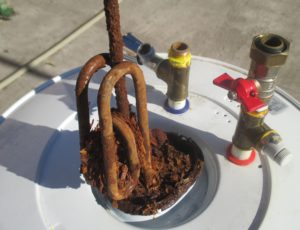 It is recommended to carry out preventive cleaning at least once a year. If the signs listed above appear, such as excessive power consumption, prolonged heating, frequent switching on, and so on, you should not postpone cleaning and wait for the device to fail. To make your work easier, you should follow these recommendations:
It is recommended to carry out preventive cleaning at least once a year. If the signs listed above appear, such as excessive power consumption, prolonged heating, frequent switching on, and so on, you should not postpone cleaning and wait for the device to fail. To make your work easier, you should follow these recommendations:
- take photographs or draw the location of electrical contacts so as not to confuse anything during assembly;
- to reduce scale formation, you can install a filter on the water supply;
- After disassembling the heater, it is recommended to conduct a visual inspection of the parts for faults and, if necessary, replace them;
- Before turning on the power, wait until the tank is filled;
- When using branded cleaning products, it is strongly recommended to read the instructions for their use;
- After assembly, you should make sure that there is no water leakage from the boiler; if necessary, the leak is eliminated.


